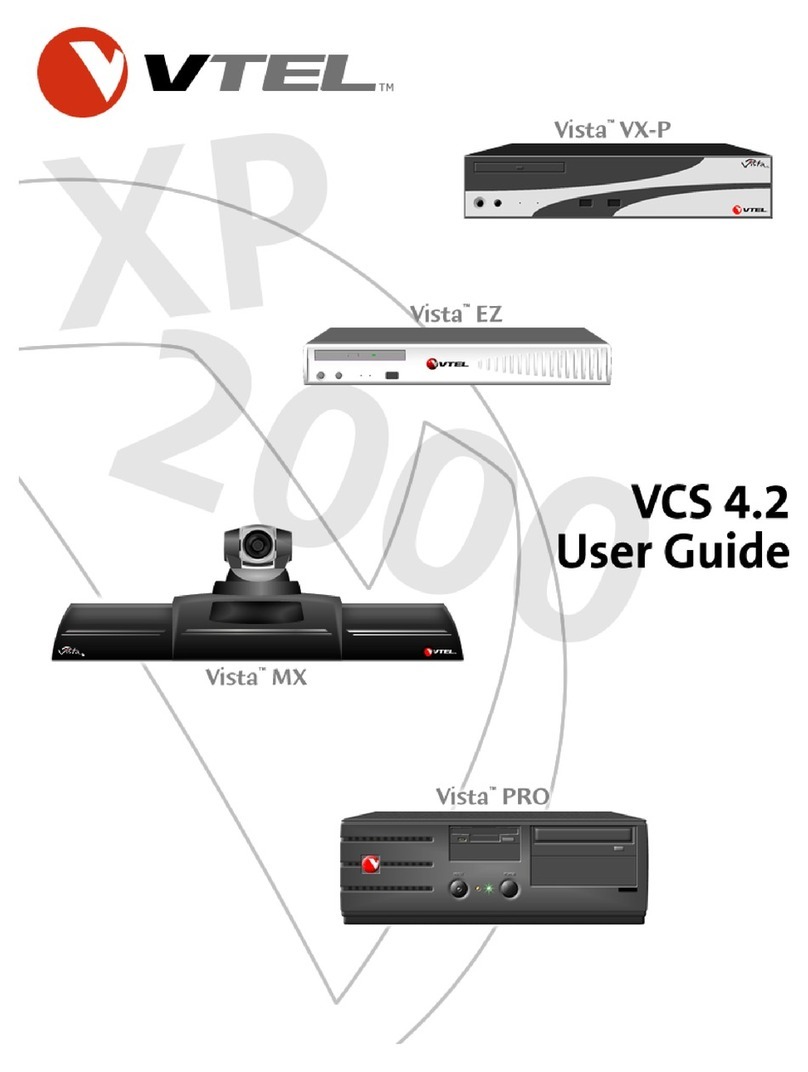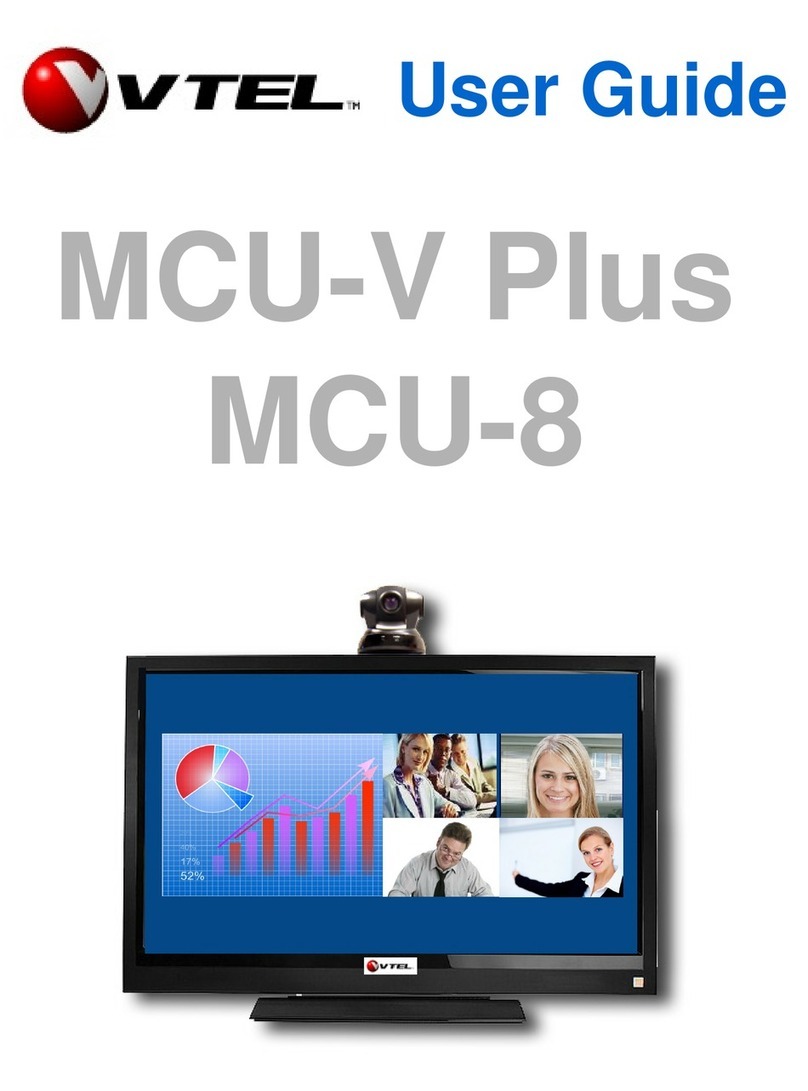
iii
FCC Notice
This equipment has been tested and found to comply with the limits for a Class A digital device, pursuant to
Part 15 of the FCC Rules. These limits are designed to provide reasonable protection against harmful
interference when the equipment is operated in a commercial environment. This equipment generates, uses
and can radiate radio frequency energy and, if not installed and used in accordance with the instruction
manual, may cause harmful interference to radio communications. Operation of this equipment in a
residential area is likely to cause harmful interference in which case the user will be required to correct the
interference at his or her own expense.
Notice to Canadian Users
The digital apparatus does not exceed the Class A limits for radio noise emissions from digital apparatus set
out in the Radio Interference Regulations of the Canadian Department of Communications.
Le présent appareil numérique n’émet pas de bruits radioélectriques dépassant les limites applicable aux
appareils numériques de la classe A prescrites dans le Réglement sur le brouillage radioélectrique édicté par le
ministére des Communications du Canada.
Austel Notice: For Use in Australia
This equipment can be connected to a telecommunications service only by an Austel-permitted terminal
adapter.
Software License Agreement
This is a legal agreement between you, as the end user and Licensee, and VTEL Corporation. The VTEL
Software includes computer software, associated media, printed materials, and online or electronic
documentation. By installing, copying, downloading, accessing or otherwise using the Licensed Software, you
agree to be bound by these terms.
LICENSE
VTEL grants Licensee a personal, non-exclusive license to use the VTEL Software, subject to the terms of this
Agreement. Third party software provided with VTEL Products is subject to the terms of the Third Party’s
Software License Agreement. Licensee agrees to abide by the terms and conditions of such Third Party
Software License Agreements. Licensee shall not: (1) reverse-compile or disassemble any VTEL Software, or
attempt to do so; (2) modify the VTEL Software in any manner or to any extent; (3) copy the VTEL Software,
except that one copy of the VTEL Software may be made for archival purposes. The archival copy shall
include VTEL’s copyright notice, along with a notice that the copy is for archival purposes only and is subject
to the provisions of this Agreement. Licensee agrees to take appropriate action by instructions, agreement or
otherwise to protect the VTEL Software and all parts thereof from unauthorized copying, modification, or
disclosure by its agents, employees, or customers. Licensee shall not assign or otherwise transfer this
Agreement or any right hereunder. Any attempt to transfer shall be null, void, and of no effect. The VTEL
Software shall be used only as provided with the VTEL Products. This license will terminate immediately
without notice from VTEL if Licensee fails to comply with any of these provisions.
TITLE
Title and intellectual property rights to the VTEL Software, including all translations, compilations, derivative
works, copies and partial copies, remains solely with VTEL and/or its third party licensors. All rights not
expressly granted under this Agreement are reserved by VTEL and/or its third party licensors.
LIMITED WARRANTY
VTEL warrants to Licensee that VTEL Software will substantially conform to VTEL’s specifications at the
time of delivery to Licensee. VTEL provides the third party software “AS IS”, and makes no warranties
whatsoever with respect to third party software which is governed solely by the terms of the Third Party
Software License Agreements. VTEL does not warrant that the VTEL Software will be error-free or operate






































